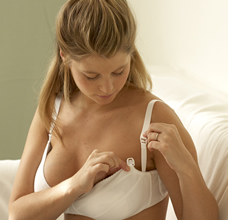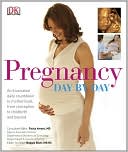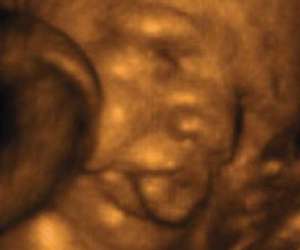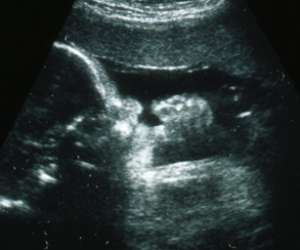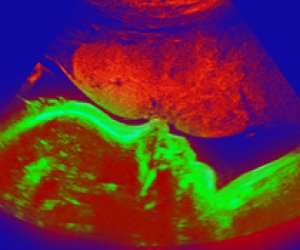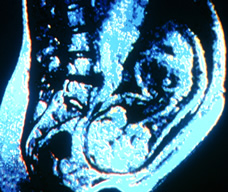
Your baby today
This is an MRI image showing a cross section of the entire pregnancy. The mother's spine is on the left of the image, and the baby is lying head down within the pelvis. An MRI is rarely needed during pregnancy, but if recommended, it is entirely safe.

